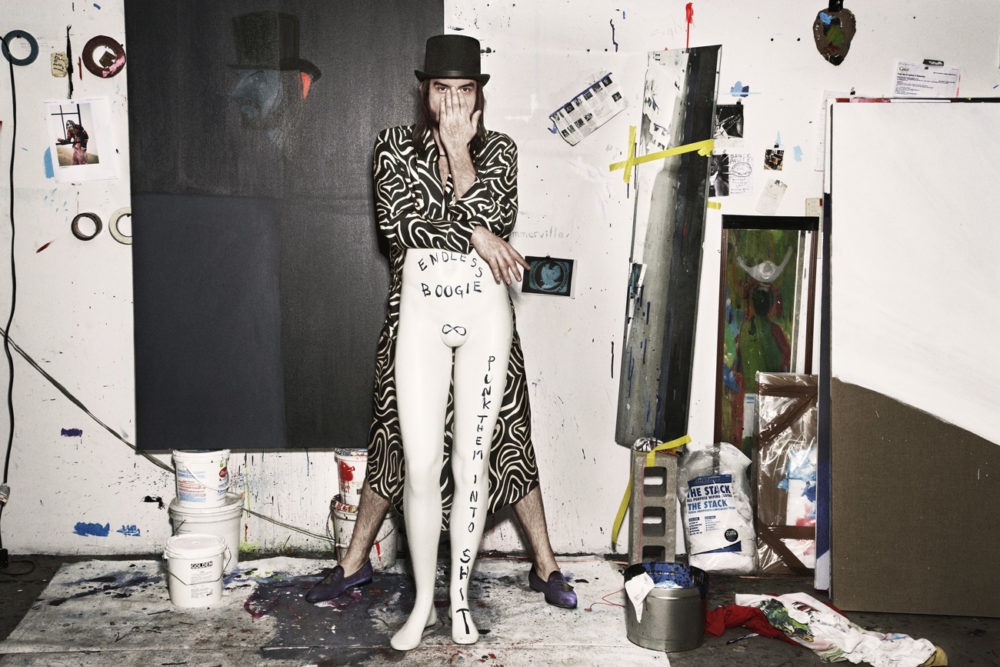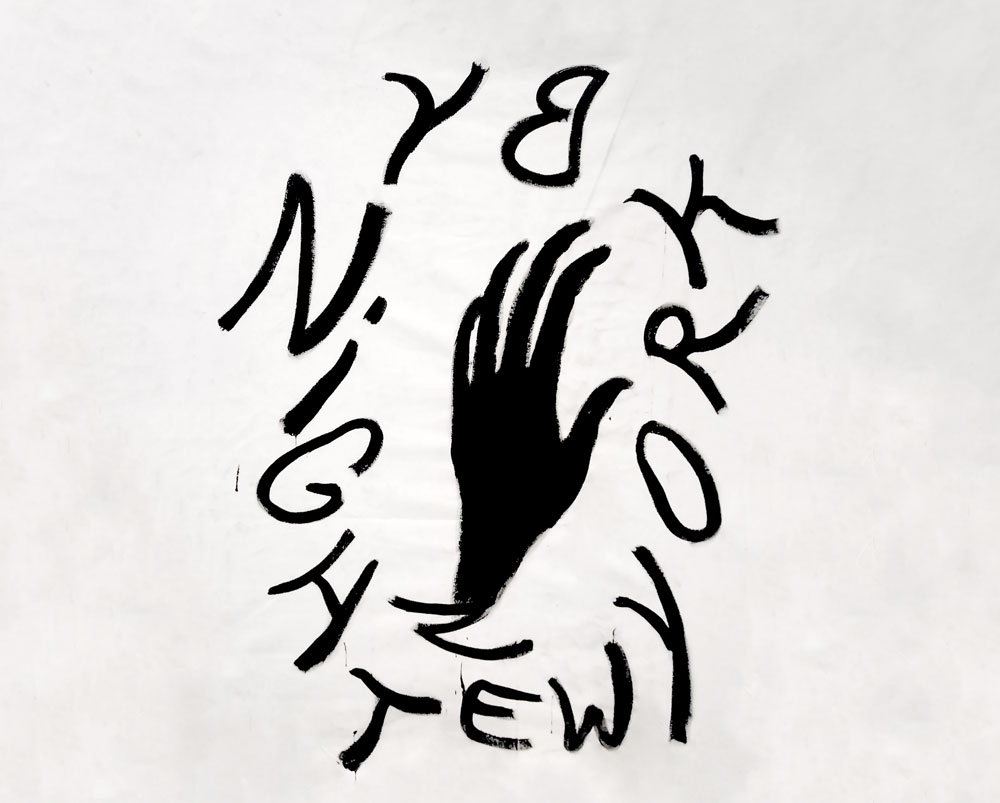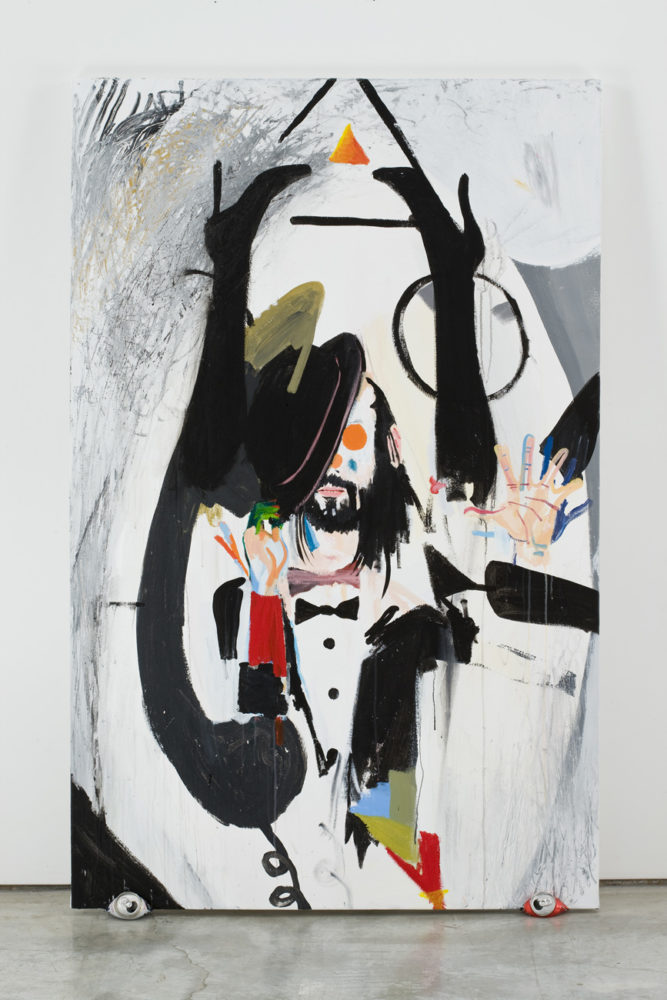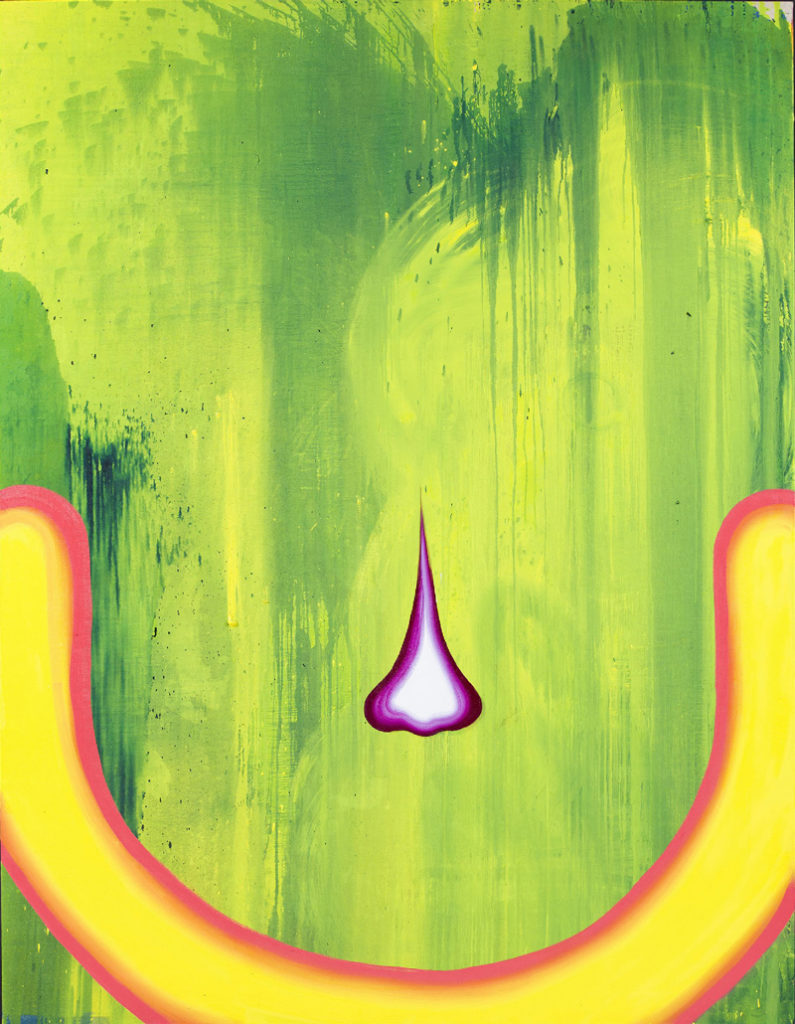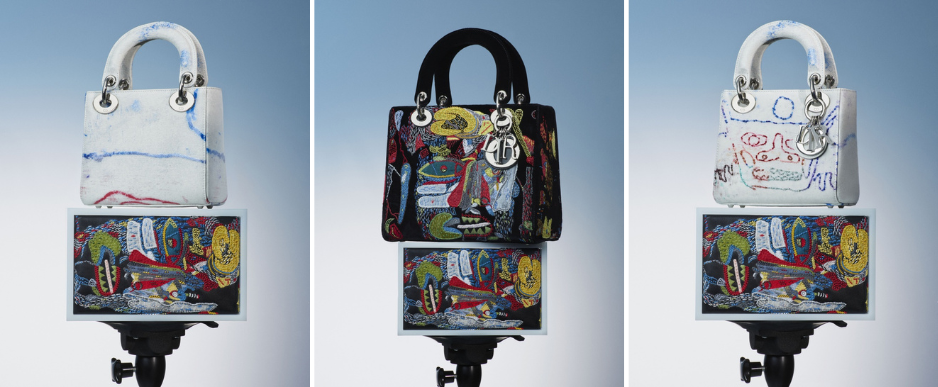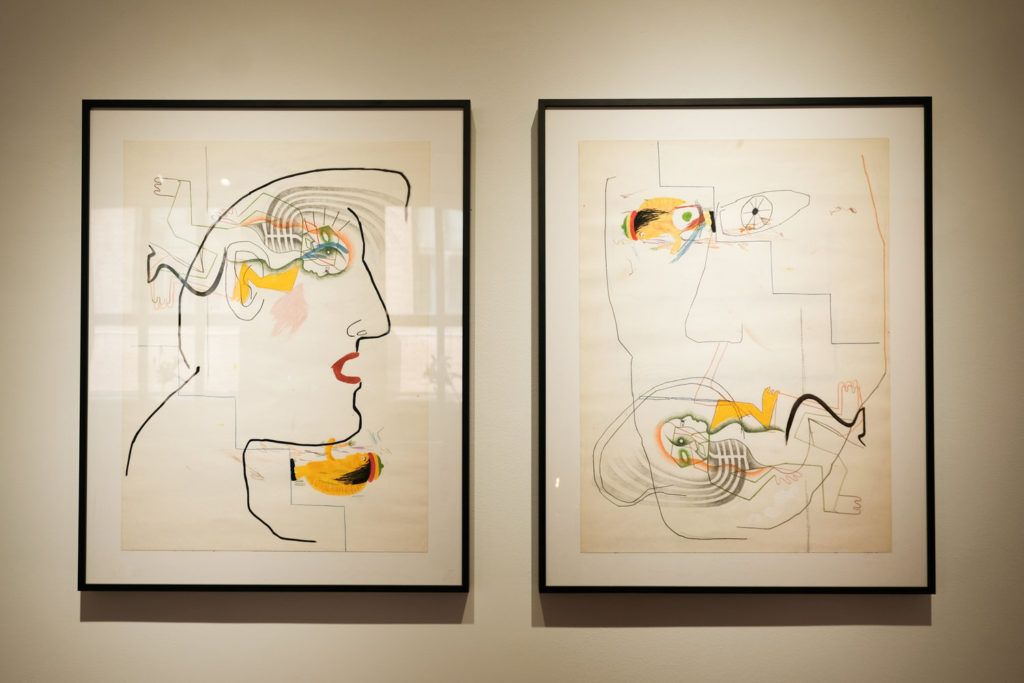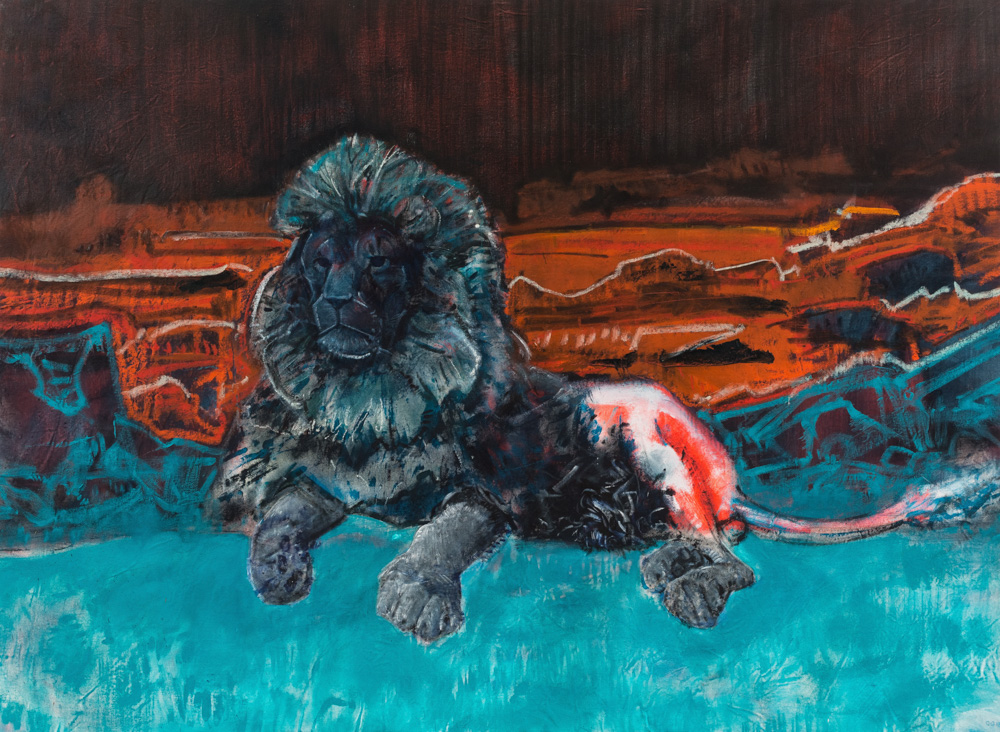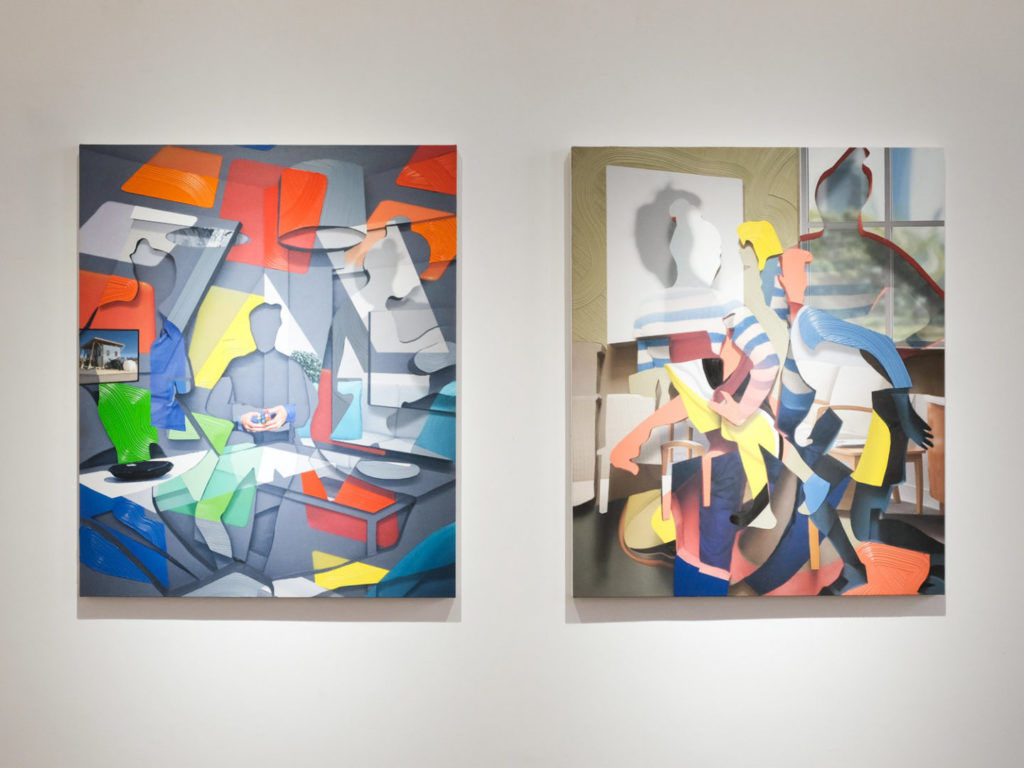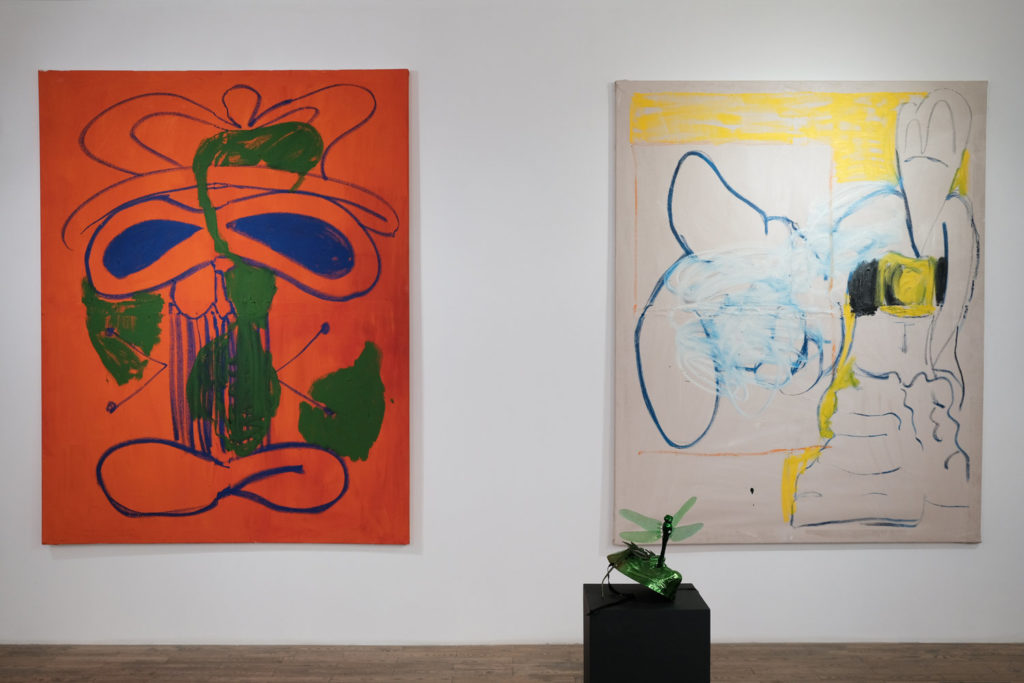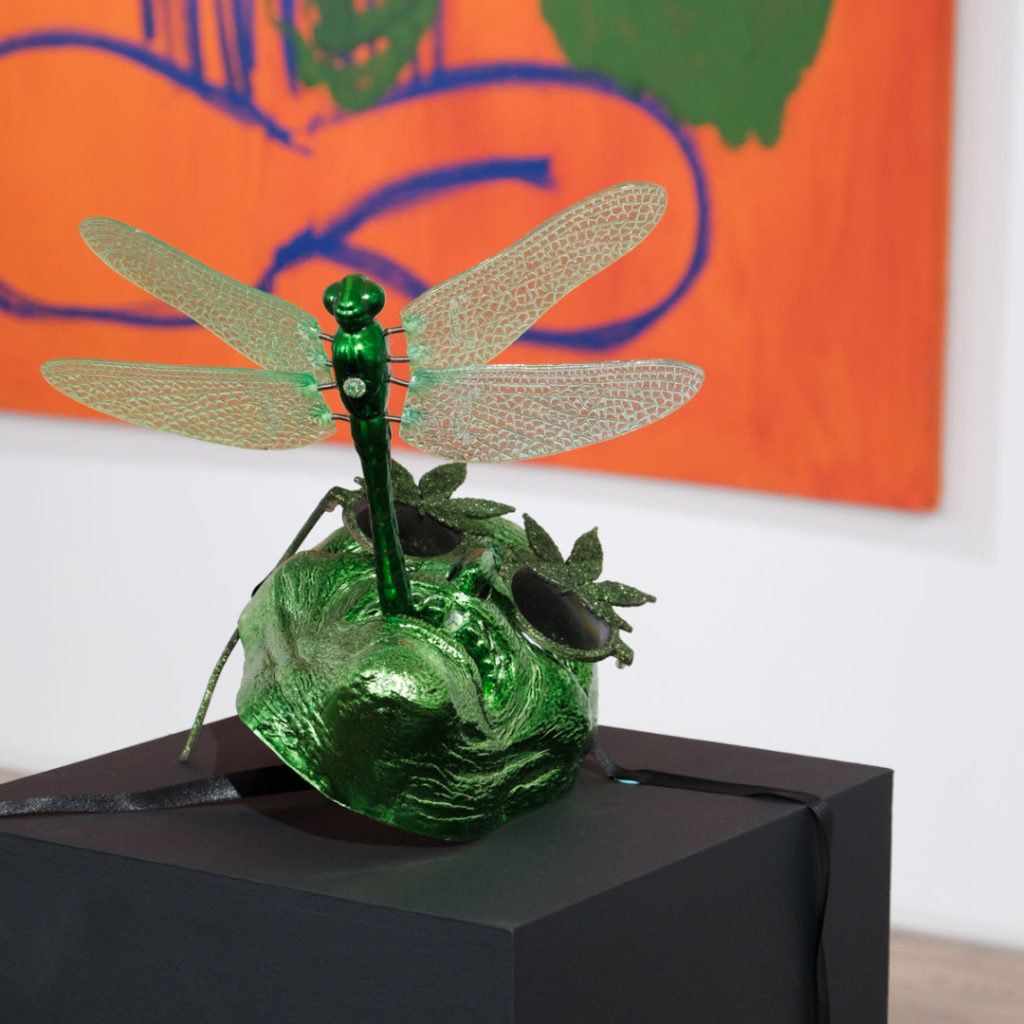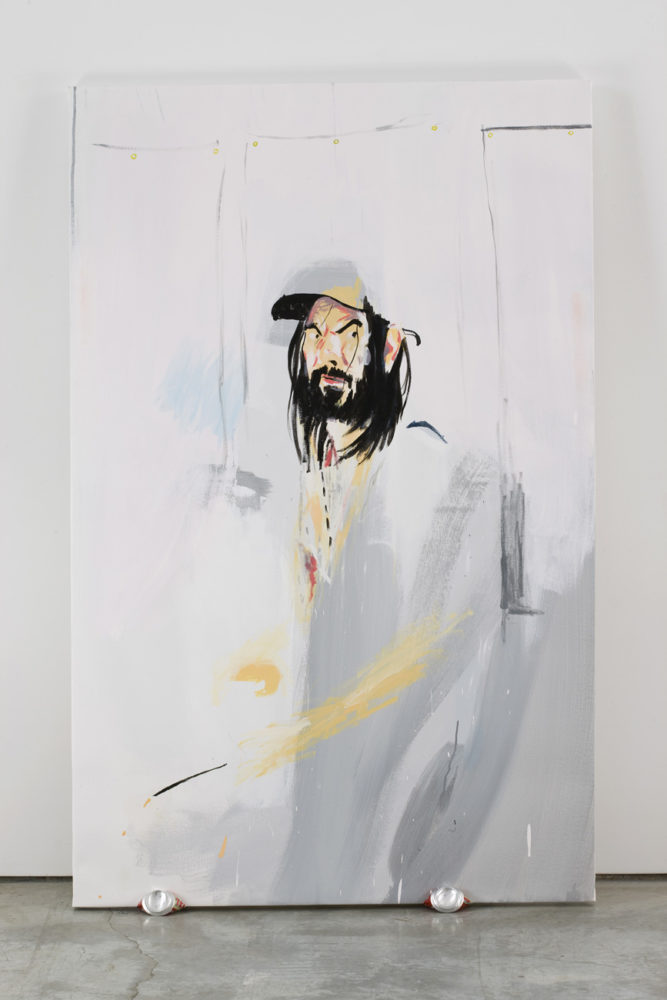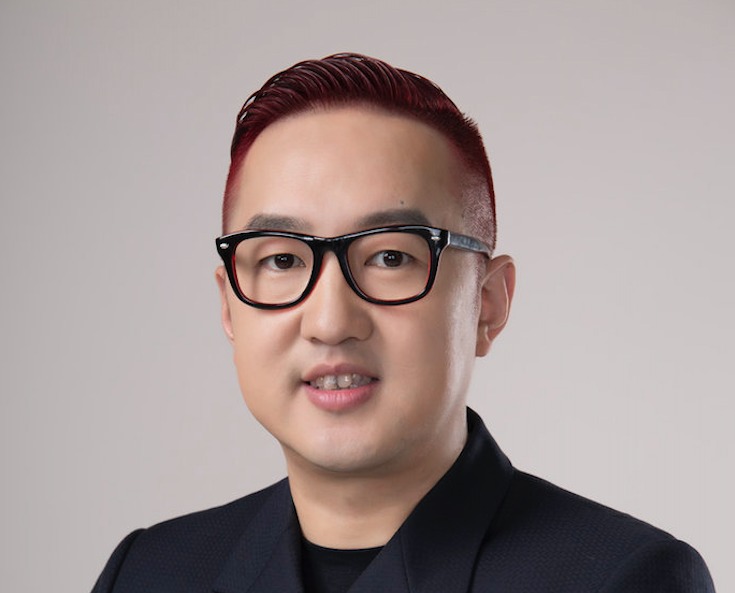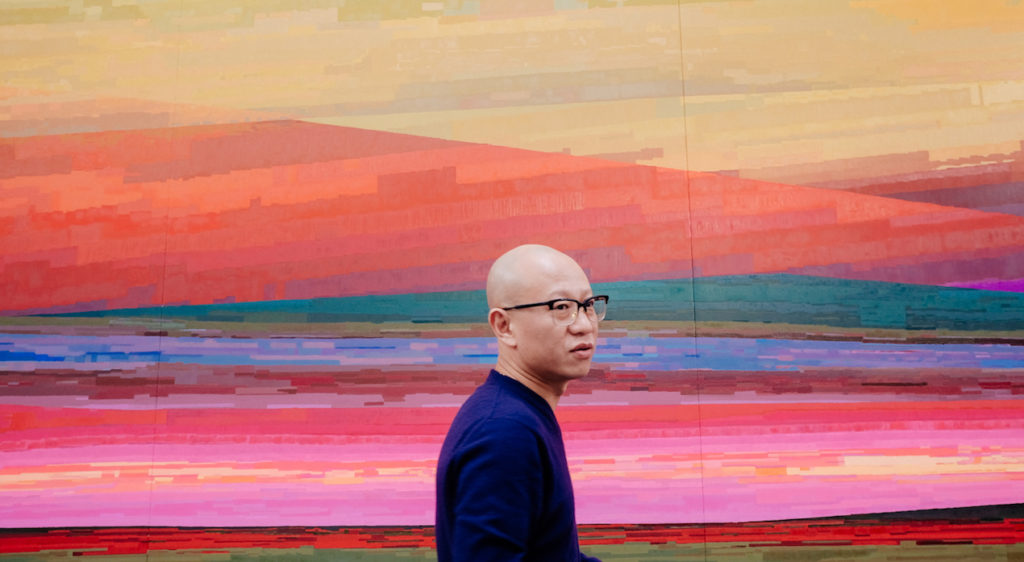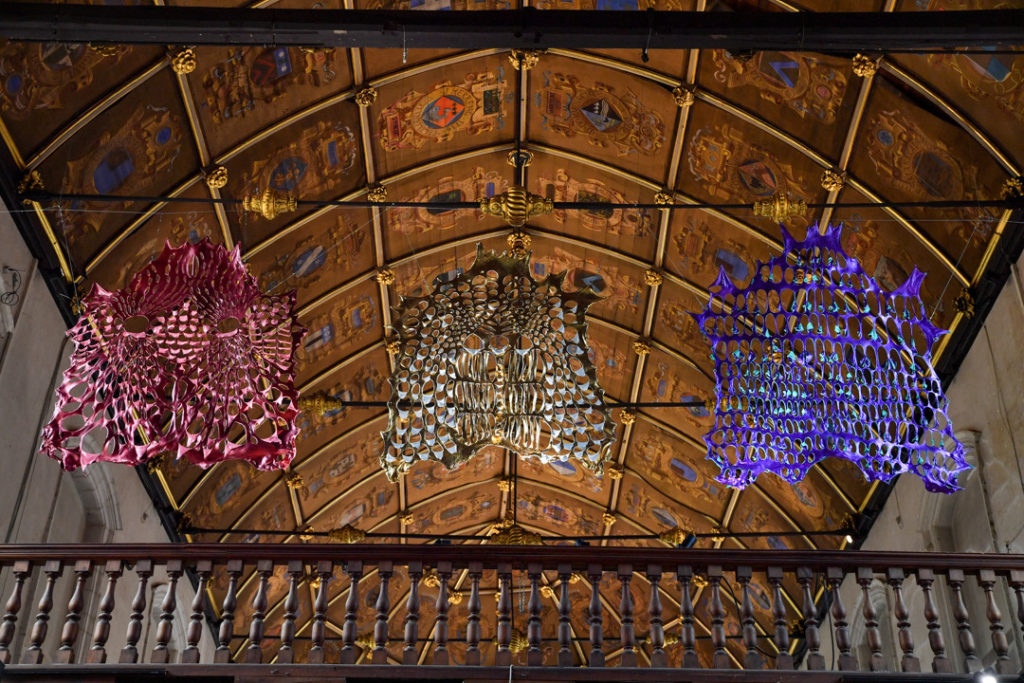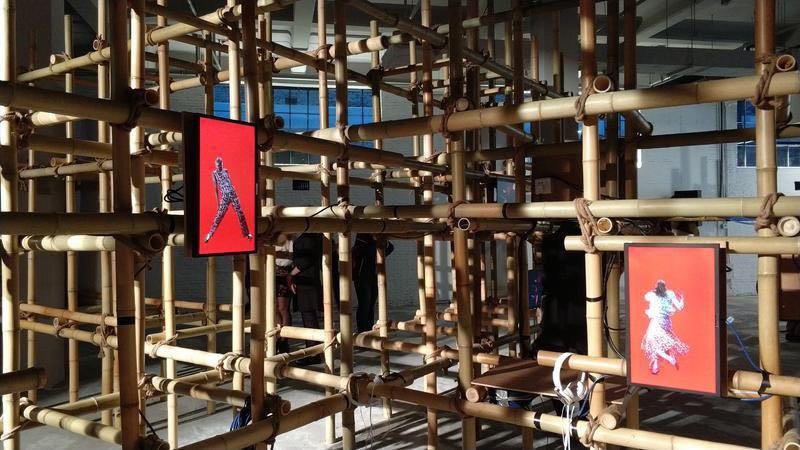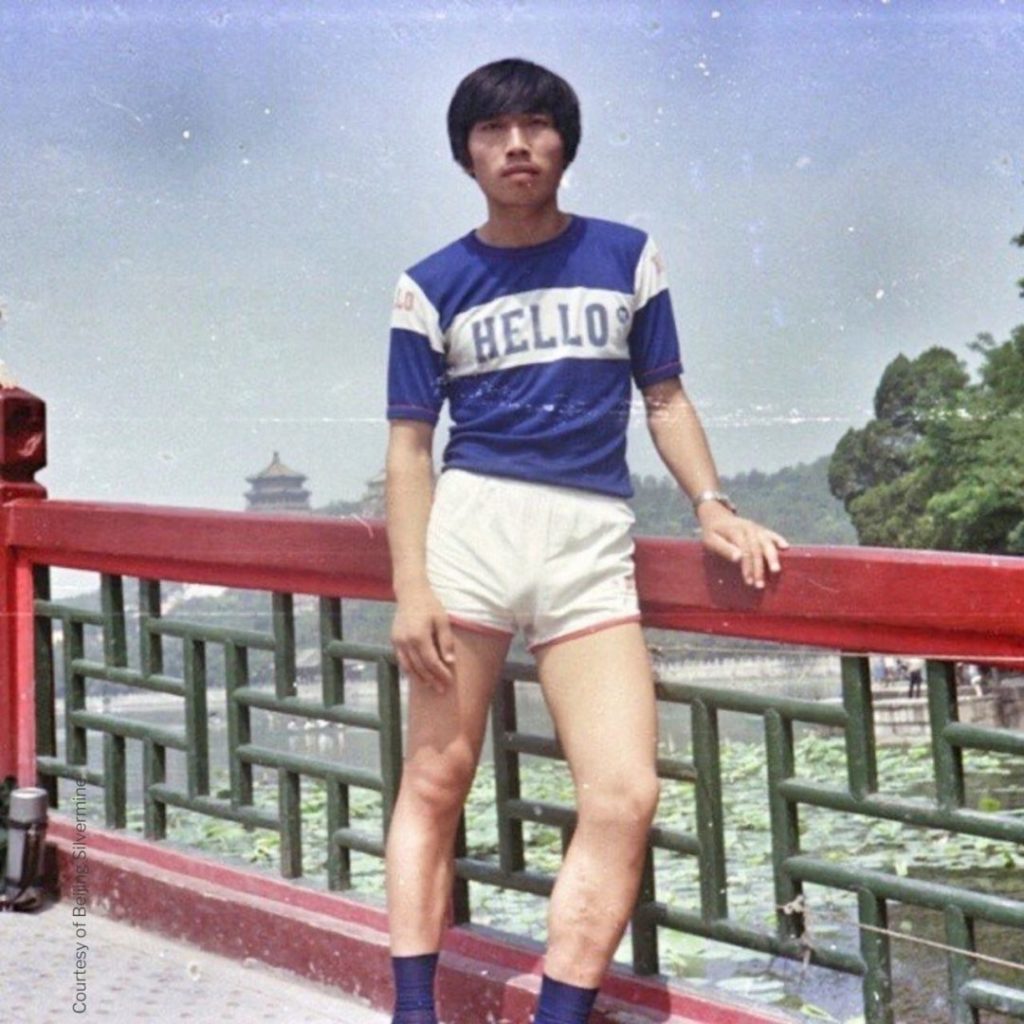DoorZine: You are an artist, but also a musician, and you used to run a club (Santos Party House on Lafayette St). What is the link between these different activities?
One thing that I find very important about the artistic community in NYC is the sense of community and structure. My time with producing the nightclub had to do with creating an environment for the creative community to coexist, to converse and to create. It was kind of like setting up a room for that to happen and being able to apply different ideas for how that might happen in an interesting and colorful way.
Enabling that had to do with cultural preservation anyway. There are things going on in NYC that are so important to art and music and you see them slipping away because of the commercialization spreading in the city. It was kind of a fight to preserve these activities and these ideas. That was the idea for the nightclub.
Music is just something that I intuitively engaged with since I was a young child. I found myself collaborating and playing my own music in bands and such. It was always going on at the same time as what I am and as my practice with visual arts. I can’t really separate the two.
One thing feeds the other: conversations about music are the catalyst of these relationships that I build with artists in NYC.
DoorZine: All the artists shown in “New York by night” are your friends, and the exhibition seems like a rendering of your own personal culture and community.
Yes, these are all my friends, close relationships of mine. Some much older than the others, some much newer. The framework that I decided to explore for this show is like a journal entry, a chronicle of my personal experience from the time when I arrived in NYC until now. There is an autobiographical element to it, it is like a diary or journal in a way. I thought maybe through doing that, we could create a representation of some of the artistic community that exists in NYC and bring it to a place like Beijing. Because people are curious about this community.

